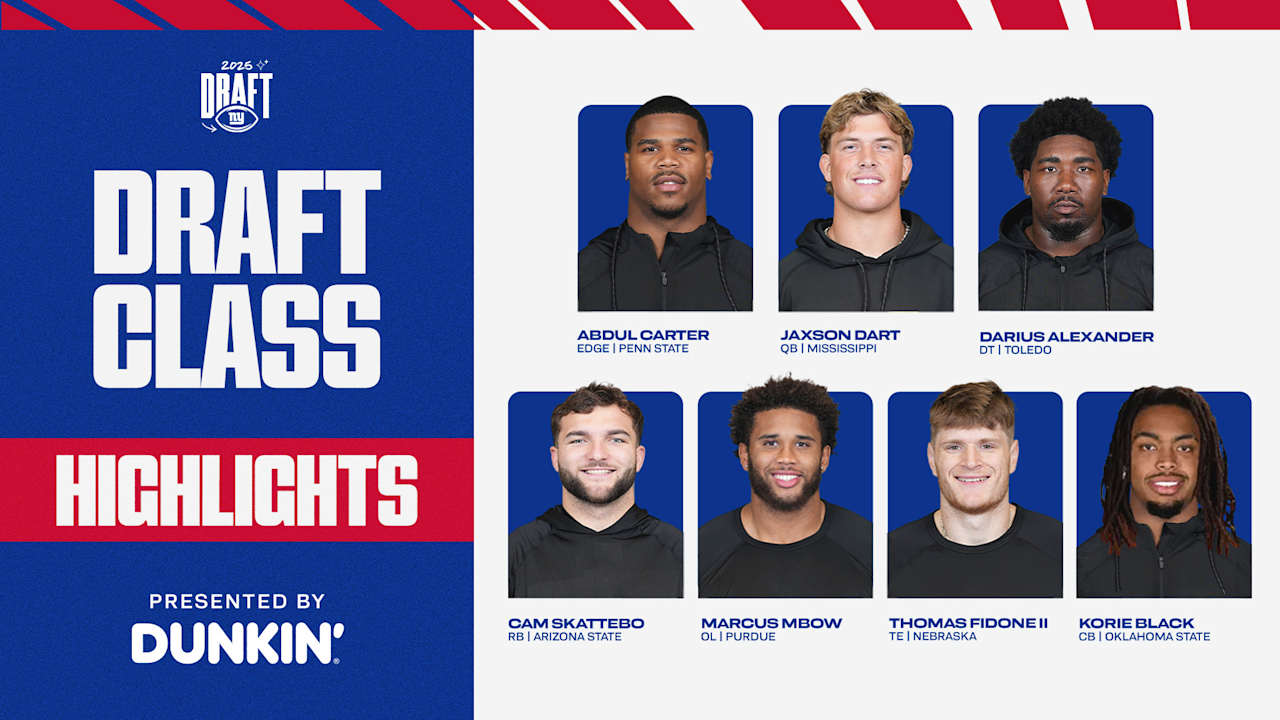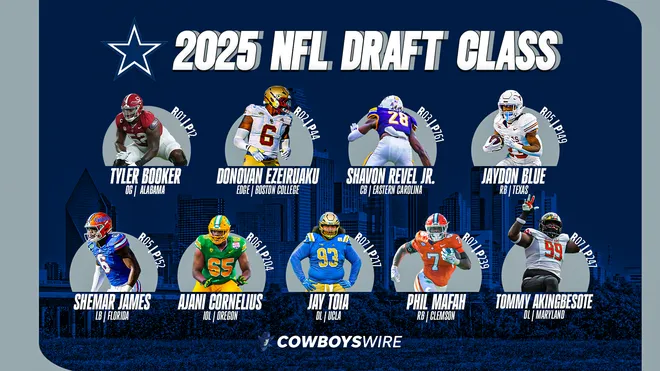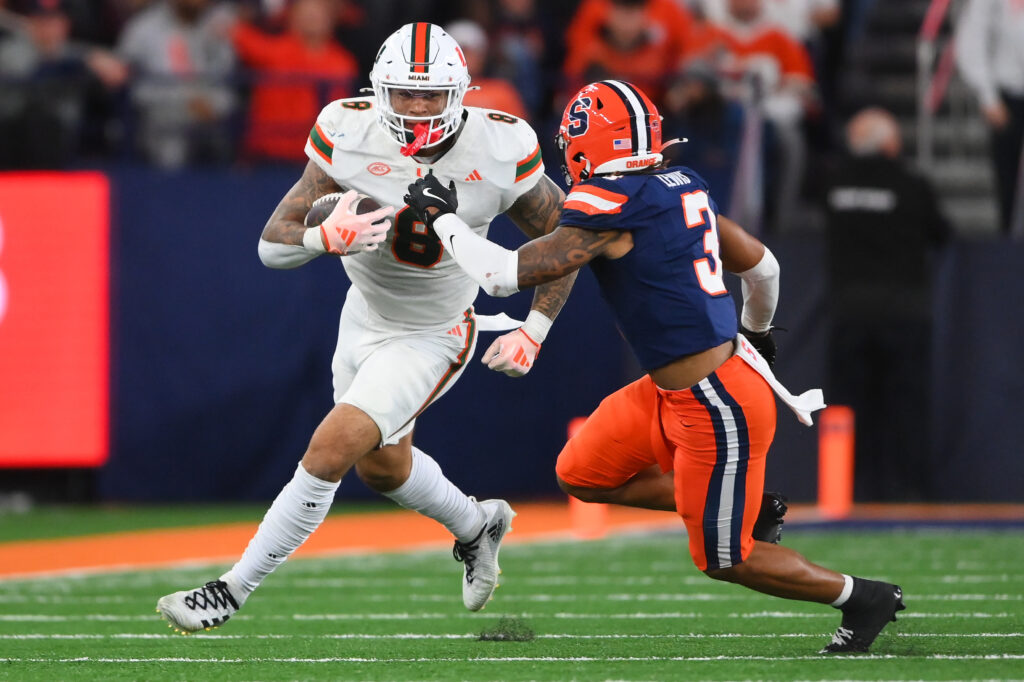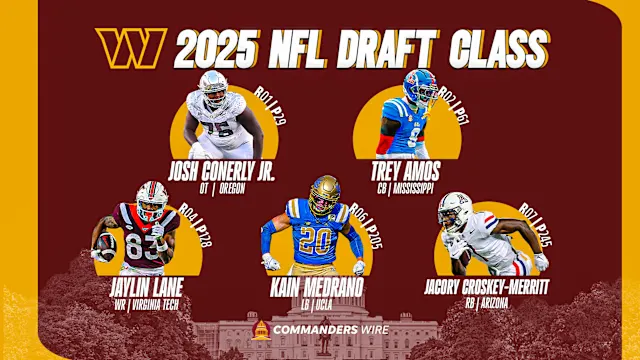By Charlie Campbell.
Send Charlie an e-mail here: [email protected]
Follow Charlie on Twitter @draftcampbell for updates.
This page was last updated April 19, 2013. Follow me @walterfootball for updates.
Position Review: Tight Ends
Tight End Class
Early-round talent: B+
Mid-round: A
Late-round: B+
Overall grade: A-
2012 prospects vs 2013
Coby Fleener < Tyler Eifert
Dwayne Allen < Zach Ertz
Michael Egnew < Gavin Escobar
Lardarius Green < Jordan Reed
Evan Rodriguez < Travis Kelce
Orson Charles < Nick Kasa
Adrien Robinson < Ryan Otten
James Hanna < Dion Sims
Tight end is one of the stronger positions in the 2013 NFL Draft class. There is talent throughout the draft including interesting prospects for the middle and late rounds. The 2012 class was very weak at tight end and does not compare well to this year’s group.
If you were to merge the two classes, I think Fleener and Allen would be around the same level as Ertz. I thought Allen was the best tight end prospect in the 2012 NFL Draft and that he fell too low. There was a massive drop off behind Fleener and Allen to Egnew. I would put Egnew, Green and Rodriguez behind Otten. Charles fell lower because of character concerns, but he is about equal to Otten and Kasa. Sims would go behind Robinson but ahead of Hanna.
Rice’s Vance McDonald, Stanford’s Levine Toilolo and Tennessee’s Mychal Rivera are also mid-round prospects.
Safest Pick: Zach Ertz, Stanford

This was a tough call because I believe that both Eifert and Ertz are safe picks. I went with the former Cardinal for a few reasons. One, Ertz is more well-rounded. Eifert is narrowly a better receiver, while Ertz is definitely a better blocker. Stanford runs a pro offense, leaving Ertz well prepared for the NFL. He should be able to play quickly and turn into a solid pro tight end.
Biggest Bust Potential: Gavin Escobar, San Diego State

I’m skeptical of Escobar and think he has been overhyped. The reason I chose Escobar as a potential bust is because he is slow. Escobar does a nice job of working the middle seam against zone coverage, but he struggles to separate from man coverage. His lack of speed can be seen in his poor 40 time at the Combine. I think NFL teams will adjust and be able to limit him with man coverage.
Tight End Rankings by Attributes
Pass Receiving:
NFL prototype: Ron Gronkowski, Patriots
- Tyler Eifert
- Zach Ertz
- Jordan Reed
- Ryan Otten
- Travis Kelce
- Gavin Escobar
- Nick Kasa
- Dion Sims
Recap: The NFL has evolved to the point where tight ends are critical parts to a potent passing attack. Some teams have better receiving weapons at tight end than they do at receiver. The league is driven by passing, so if a tight end can’t contribute as a receiver, he could have a hard time seeing the field.
The 2013 NFL Draft has a nice group of receiving tight ends. No one in this class looks like he will be as good as the current elite of the NFL, but a number of them have receiving potential. Eifert is the best receiver prospect. He is fast, big, tough and athletic. Eifert is dangerous down the middle of the field with the ability to work the seam for big yards. He also isn’t afraid to make leaping grabs and expose himself to hard hits. His receiving ability is the top of the class and his best attribute.
Ertz isn’t far behind Eifert. Ertz isn’t quite as fast, but also is a weapon in the middle of the field. He has great hands and runs good routes. Ertz led Stanford in 2012 with almost 70 catches for 900 yards. He should be a good receiver in the NFL.
Reed’s athletic ability and receiving potential are his biggest strengths. He is a fluid athlete who gets separation running his routes. Reed can also do a variety of things and function as an h-back receiver. Otten is similar to Reed. He is quick, runs good routes and is athletic. Otten can produce well as a receiving target.
Kelce is a well-rounded tight end with some pass-catching ability. The question with him will be if he has enough agility to remain an effective route-runner.
Escobar is a quality receiver, but again I question his speed for the next level. I think he’ll do well against zone coverage, but I don’t think he is fast enough to get separation versus man coverage.
The converted defensive end Kasa is big and quick with some potential to develop. He’s still raw right now, having made the position change late in college, but he could develop into a good receiver. Sims did well as a receiver in 2012, but he’ll probably be more of a blocking tight end in the NFL.
Blocking:
NFL prototype: Heath Miller, Steelers
- Dion Sims
- Travis Kelce
- Zach Ertz
- Nick Kasa
- Tyler Eifert
- Gavin Escobar
- Ryan Otten
- Jordan Reed
Recap: Blocking ability is still important for NFL tight ends; not just in the ground game, but in pass protection. Teams like their tight ends to have the ability to help tackles when they’re going against an elite edge-rusher. The top blocking tight end in the 2013 class is Alabama’s Michael Williams, but the tight ends above are more well-rounded and are higher-rated consensus prospects than Williams.
The best blocker of the group above is Sims. He was a strong edge-blocker for Spartans running back Le’Veon Bell this season. Sims is strong at the point of attack and has a habit of riding defenders out of the play. He can tag-team with an offensive tackle to blast open running lanes. Sims definitely has the capacity to be a tough blocking tight end who will be an asset in short-yardage and goal line situations.
Kelce is also a very good blocker who plays with a mean streak. He is strong and blocks with some ferocity. Stanford coached up Ertz well. He is a good technician as a blocker.
Kasa needs more work on his blocking techinque, but he has a lot of natural strength with the potential to be a very good blocker in the NFL. Eifert needed to, and did, improve his blocking ability as a senior. He was much more effective at the point of attack rather than getting pushed around like before. Escobar is a quality blocker who could use a little more strength to sustain his blocks.
Otten and Reed both have to add strength. Otten demonstrated some blocking potential and quality technique at the Senior Bowl. Reed needs a lot of work on his blocking ability for the NFL.
Red Zone:
NFL prototype: Tony Gonzalez, Falcons
- Gavin Escobar
- Zach Ertz
- Tyler Eifert
- Ryan Otten
- Travis Kelce
- Jordan Reed
- Nick Kasa
- Dion Sims
Recap: Tight ends are critical players in the red zone. Multiple tight ends are needed for goal-line packages. Many teams also like to use double tight end sets inside the 20-yard line. A tight end who is a big target with sure hands and leaping ability is a good weapon to help produce touchdowns instead of field goals. The best red-zone tight end in the 2013 NFL Draft class is UCLA’s Joseph Fauria. The 6-foot-7 Bruin had 11 touchdowns last year. He is a third-day pick.
Escobar was the most productive in the red zone of this group of tight ends. He used his 6-foot-6 frame and leaping ability to make tough receptions. Escobar is skilled at finding openings for his signal-caller. He had 13 total touchdowns over 2011 and 2012.
Ertz made a lot of impressive catches in 2012, including some for six. He had a highlight-reel leaping grab in the back of the end zone to force overtime in Stanford’s win over Oregon. Ertz’s great hands and ability to make contested catches makes him a good red-zone target.
Eifert (6-6) had nine touchdowns over the past two seasons. He has height to go with a huge vertical leap. Eifert could be even better at producing scores in the NFL. Otten also had nine scores the past two seasons. He gets touchdowns more on route-running and quickness.
Kelce is a powerful player who should be a good red-zone contributor in the NFL. He’ll be in the game as a blocker and has good receiving ability to be a primary option.
Reed’s receiving ability is good in the red zone, but his lack of blocking could get him pulled in goal-line situations. Sims had five scores the past two seasons. He should definitely be in the goal line package as a blocker, but wasn’t used much as a receiver. Kasa has red-zone potential to develop.
Speed:
NFL prototype: Vernon Davis, 49ers
- Tyler Eifert
- Nick Kasa
- Jordan Reed
- Zach Ertz
- Ryan Otten
- Travis Kelce
- Dion Sims
- Gavin Escobar
Recap: The NFL is all about mismatches, and tight ends with speed are going to provide a mismatch on a weekly basis. Few teams have linebackers or safeties who can matchup against an elite tight end.
The fastest player in this group is Eifert. He has the speed to beat defenders in man coverage and get downfield quickly. His speed should translate to the NFL the best of anyone in this group.
Kasa is only slightly slower than Eifert. Considering that Kasa weighs 270 pounds, that speed is what makes him so intriguing. Reed didn’t have a great 40 at the Combine, but he played fast in college and created mismatches in the SEC.
Ertz has enough speed to get the job done and defenses can’t fall asleep on him. He has some surprising explosion off the snap, but lacks another gear. Otten couldn’t run at the Combine, but he showed some real quickness at the Senior Bowl.
Kelce flashed some speed and explosiveness as a senior. He didn’t run at the Combine, so there are still some questions about how he translates to the NFL. Sims has some burst and quickness for a big tight end, but he won’t be a speed mismatch in the NFL.
Escobar had a slow Combine 40 time of 4.84 seconds, but that isn’t surprising. Watching tape of Escobar shows that he doesn’t get separation going against man coverage. I think a lack of speed could be a real issue for him in the NFL.
Hands:
NFL prototype: Jason Witten, Cowboys
- Zach Ertz
- Gavin Escobar
- Tyler Eifert
- Ryan Otten
- Jordan Reed
- Travis Kelce
- Dion Sims
- Nick Kasa
Recap: Tight ends with bad hands don’t get thrown the ball often in the NFL. They have a hard time seeing the field and end up only playing in goal-line situations and on special teams. There isn’t a player in this top eight who I would say has bad hands.
Ertz, Escobar and Eifert all have really good hands. I think Ertz is the most sure-handed of the three. There are plays where it seems like he has glue on his hands. A drop is a rare sight from any of these three.
Otten’s hands looked superb at the Senior Bowl. He should be reliable in the NFL. Reed was a reliable receiver for Florida, but still could use some work with the Jugs machine in the NFL.
Kelce and Sims both had good hands in 2012. Kasa will need more work as a pass receiver as he has only one year of experience. However, Kasa has some natural receiving ability to him. He made a lot of improvements each week in his first full season as a tight end. Kasa has big upside.
H-Back:
NFL prototype: Aaron Hernandez, Patriots
- Jordan Reed
- Ryan Otten
- Zach Ertz
- Tyler Eifert
- Nick Kasa
- Travis Kelce
- Gavin Escobar
- Dion Sims
Recap: Many offensive coordinators like tight ends with the flexibility to line up as an h-back. That allows the coaches to set up more mismatches and align blocking schemes differently. Not all tight ends have the athletic ability and quickness to pull off h-back responsibilities.
Reed is the best h-back tight end of all the prospects in the 2013 NFL Draft class. He has experience lining up in a variety of places. Reed could possibly play some fullback in the NFL.
Otten would be the next best option to play as a h-back. He is lighter than the other tight ends, so he has more agility.
Ertz and Eifert could play some h-back, but aren’t natural fits. It would be interesting to see if Kasa can pull off some h-back plays, but he is oversized for that role.
Kelce and Sims are also oversized and neither looks like fits for h-back. Escobar may be too big and not fast enough for that role.
Downfield Threat:
NFL prototype: Jimmy Graham, Saints
- Tyler Eifert
- Zach Ertz
- Gavin Escobar
- Travis Kelce
- Jordan Reed
- Ryan Otten
- Nick Kasa
- Dion Sims
Recap: Teams have had success in recent years with tight ends being used to stretch the field down the middle seam. Big plays through the air aren’t limited to just receivers as there are a number of tight ends who can get vertical. Burning a secondary with a tight end is another weapon for teams that make offenses much tougher to defend.
Projecting to the NFL, Eifert looks like the best bet as a tight end who will be able to hurt a defense downfield. He made a number of catches for big gains in his career at Notre Dame and can hurt a defense with his speed.
Ertz had similar success at Stanford, but doesn’t look as fast as Eifert. Escobar made some big catches downfield in college. He does a nice job of settling into downfield openings.
Kelce wasn’t just a short-outlet tight end as he had a number of long gains for Cincinnati. Reed didn’t run too many routes deep downfield, but he still had some splash plays. Reed could’ve produced more in college if he had been given the opportunities.
Otten is a threat to get vertical on defenses. He has nice release off the line to along with quickness. Kasa could turn into a tight end with the ability to get downfield. Sims is bigger and looks more likely to be effective on short routes.
Yards After Catch:
NFL prototype: Ron Gronkowski, Patriots
- Jordan Reed
- Tyler Eifert
- Travis Kelce
- Nick Kasa
- Ryan Otten
- Zach Ertz
- Gavin Escobar
- Dion Sims
Recap: There are some tight ends in the NFL who are very dangerous with the ball in their hands. Having the ability to pick up yards after the catch (YAC) is not an easy trait to find in tight ends. This class has some nice options.
Reed is a natural runner with the ball in his hands. He has vision, shiftiness and knows how to weave through traffic. His experience as an option quarterback really helps him in this regard. Reed could be a nice weapon on screen passes in the NFL.
Eifert does well with the ball in his hands. Beyond his speed, he is a big load who is tough to bring down. Eifert should be good at getting yards after the catch in the NFL.
Kelce and Kasa have some explosion and are physical. It wouldn’t be surprising to see them regularly run over tacklers. Otten could use his speed to get upfield quickly. He displayed that potential at the Senior Bowl.
Ertz and Escobar picked up yards after the catch in college, but I’m not sure they’re going to be huge YAC receivers in the NFL. Sims probably won’t get a lot of yards after the catch as a professional. He is too much of a lumberer going against the speed of NFL defensive backs and linebackers.
|
|
Fantasy Football Rankings - June 4
2026 NFL Mock Draft - May 20
NFL Power Rankings - May 16
NFL Picks - Feb. 9




